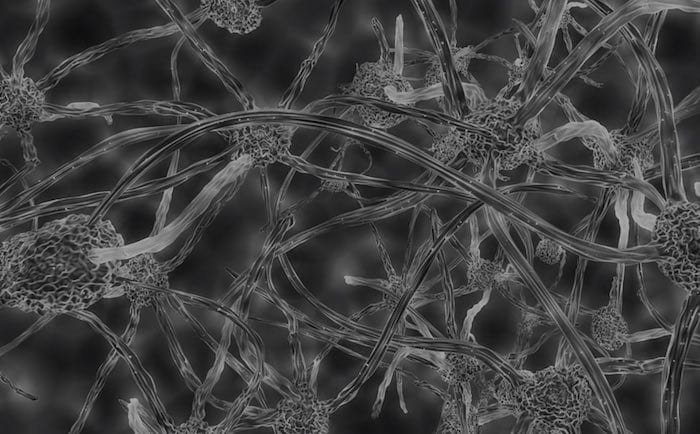You can beat the feeling
aka Metabolic Muddle 006
It’s a busy night shift in the ED (as always) and one of the Interns comes to present a case to you. He’s seen a 23 yr old female who has presented with lethargy and weakness. While you’re listening to the Intern your phone rings — it’s the lab calling to tell you the patient’s potassium is 1.9 mmol/L.
Questions
Q1. What are the clinical features of hypokalaemia?
Answer and interpretation
The clinical features of hypokalaemia result from effects on multiple organ systems. They include:
- Cardiovascular
— ECG changes when K < 2.7mmol/L: changes include P wave prominence, T wave flattening, and U waves
— Tachydysrhythmias
— Hypokalaemia also potentiates digoxin toxicity - Musculoskeletal
— Weakness progressing to paralysis
— Rhabdomyolysis - Gastrointestinal
— Ileus - Renal
— Nephrogenic diabetes insipidus
— Increased ammonia production
Learn more:
- LITFL ECG Library — Hypokalemia
While hypokalaemia is easy to diagnose. The key question is ‘why is it low?’.
Q2. How would you proceed?
Answer and interpretation
There are a wide variety of causes of hypokalaemia including:
- Decreased intake
- GI Losses
— e.g. vomiting, NG losses, diarrhoea, fistula - Renal Losses
— e.g. drugs, aldosteronism (primary & secondary), renal tubular acidosis, diuresis - Transcellular Shifts
— e.g. alkalosis, hypokalaemic periodic paralysis, thyrotoxic periodic paralysis - Congenital
— e.g. Bartter Syndrome, Gitelman Syndrome , Liddle Syndrome - Drugs
— e.g. loop & thiazide diuretics, insulin, salbutamol, liquorice ingestion
On further questioning she states she drinks 4 litres of a popular brand cola beverage every day, and has done for the last few years.
Q3. How much cola needs to be drunk to result in hypokalemia?
Answer and interpretation
There are several case reports in the literature linking excessive cola consumption to severe hypokalaemia, the case series review by Tsimihodimos, et al (2009) being the largest.
All these reports involved chronic excessive consumption in the region of 2 – 9 litres per day over months to years.
The majority of cases responded well to treatment, but there have been cases of acute renal failure due to rhabdomyolysis, and deaths have been attributed to hypokalaemia secondary to cola.
Q4. How does cola consumption cause hypokalaemia?
Answer and interpretation
The mechanism/s of cola associated hypokalaemia as not fully understood but several mechanisms have been postulated including:
- Osmotic diuresis
— due to large amounts of glucose in cola drinks - Hyperinsulinaemia
— secondary to large glucose load causing intra-cellular shift of potassium - Osmotic diarrhoea / GI loss
— from large unabsorbed fructose load passing through GI tract. - Caffeine mediated
— multifactorial involving respiratory alkalosis, intra-cellular K+ shift due to increased cAMP, increased renin release, and diuresis.
Treatment involves potassium replacement whilst ceasing excess cola consumption.
Q5. What are the other important complications of excessive soft drink ingestion?
Answer and interpretation
Aside from hypokalaemia and secondary rhabdomyolysis excess, cola consumption has also been liked to other health problems, including:
- Obesity
- Dental Disease
- Increased risk of type 2 diabetes mellitus
- Non-alcoholic fatty liver disease
On a much rarer note a case report from the Journal of Toxicology linked excessive consumption of a cola containing brominated vegetable oil to systemic bromism requiring dialysis. Cola can also cause acidification of the urine, which may lead to delayed excretion of some medications (e.g. methotrexate).
Whether chronic excessive cola consumption is linked to any form of cancer is uncertain. Finally, cola was also implicated in a out-break of epidemic illness in Belgium in 1999, later attributed to mass sociogenic illness following a food contamination scare.
References
LITFL
Journal articles and textbooks
- Assy N, Nasser G, Kamayse I, Nseir W, Beniashvili Z, Djibre A, Grosovski M. Soft drink consumption linked with fatty liver in the absence of traditional risk factors. Can J Gastroenterol. 2008 Oct;22(10):811-6. PMID: 18925303
- Dunn R, Dilley S, Brookes J, Leach D, Maclean A, Borland M. The Emergency Medicine Manual (5th Edition), Venom 2010.
- Horowitz BZ. Bromism from excessive cola consumption. J Toxicol Clin Toxicol. 1997;35(3):315-20. PMID: 9140329
- Malik VS, Popkin BM, Bray GA, Després JP, Willett WC, Hu FB. Sugar-sweetened beverages and risk of metabolic syndrome and type 2 diabetes: a meta-analysis. Diabetes Care. 2010 Nov;33(11):2477-83. PMID: 20693348
- Nemery B, Fischler B, Boogaerts M, Lison D, Willems J. The Coca-Cola incident in Belgium, June 1999. Food Chem Toxicol. 2002 Nov;40(11):1657-67. PMID: 12176091
- Santucci R, Levêque D, Herbrecht R. Cola beverage and delayed elimination of methotrexate. Br J Clin Pharmacol. 2010 Nov;70(5):762-4. doi: 10.1111/j.1365-2125.2010.03744.x. PubMed PMID: 21545633; PubMed Central PMCID: PMC2997317.
- Tintinalli JE, Stapczynski JS, Ma OJ, Cline DM, Cydulka RK. Tintinalli’s Emergency Medicine (7th Edition), McGraw Hill 2011.
- Tsimihodimos V, Kakaidi V, Elisaf M.Cola-induced hypokalaemia: pathophysiological mechanisms and clinical implications. Int J Clin Pract. 2009 Jun;63(6):900-2. PMID: 19490200

CLINICAL CASES
Metabolic Muddle
Emergency Medicine Specialist MBChB FRCEM FACEM. Medical Education, Cardiology and Web Based Resources | @jjlarkin78 | LinkedIn |
